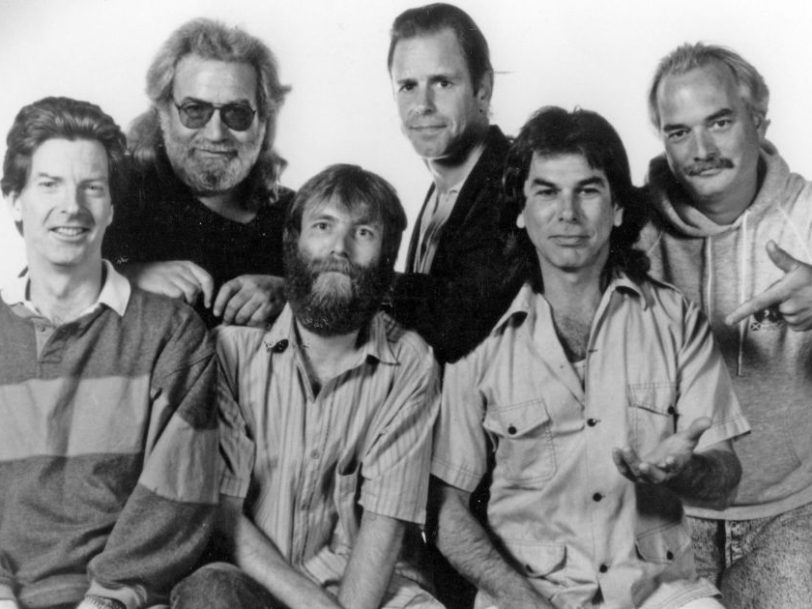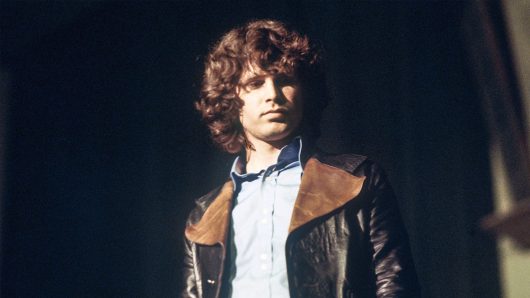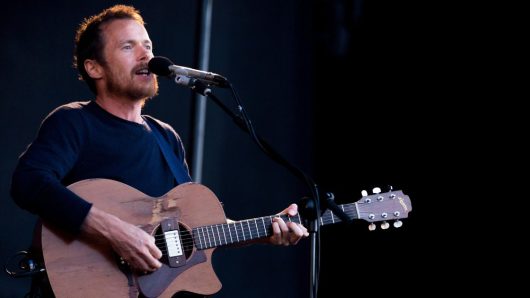As the leader of Grateful Dead, Jerry Garcia became one of the most significant figures in modern music – a conduit through which bluegrass, folk, country, R&B, blues and jazz flowed to create a new kind of American music. In concert, the Dead could sound like a no-nonsense barroom boogie band one minute and mind-expanding sonic explorers the next, and Garcia was at the heart of their questing spirit. In celebration of their legacy as America’s definitive rock band, here’s our pick of the best Grateful Dead albums.
Listen to the best of Grateful Dead here, and check out the best Grateful Dead albums, below
10: ‘Aoxomoxoa’ (1969)
The recording of Grateful Dead’s third album nearly sunk them. Aoxomoxoa took eight months of studio time and cost a then bank-breaking $200,000 to complete, not least because the band chose to re-record the entire thing once they took delivery of a new Ampex 16-track recorder. The album is often the sound of the Dead grappling with that technology, usually while under the influence of mind-altering substances. As a result, the mix was so jumbled that, two years after its release, Jerry Garcia and Phil Lesh were moved to remix the album. Still, moments of greatness shine through – particularly on future staples of the Dead’s live set, St Stephen and China Cat Sunflower – and the feeling of psychedelic chaos that overwhelms the record speaks evocatively of the time. Oh, and it’s pronounced “Ox-oh-mox-oh-ah”.
Must hear: St Stephen




